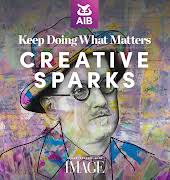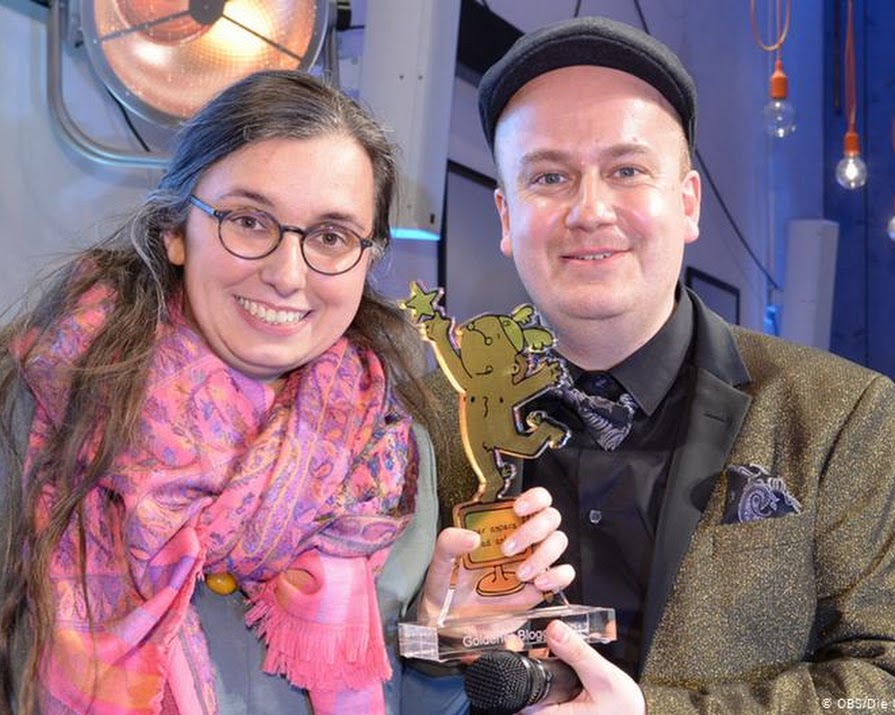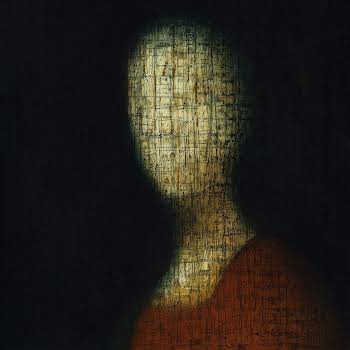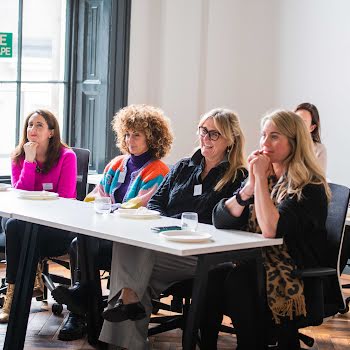
Sophie Hingst: Lies, deception and a young woman in need of help and support
By Jennifer McShane
27th Jul 2019
27th Jul 2019
Trinity graduate, German blogger Marie Sophie Hingst was living in Dublin when her life was turned upside down. Germany’s Der Spiegel magazine claimed Sophie had invented 22 Holocaust victims, as they unveiled a complex tangle of deception online. But the real story is her undiagnosed mental illness and why so few chose to point out that it’s never as simple as telling a lie.
Sophie Hingst was only 31 when she was found dead in her home, suspected of taking her own life. The German blogger and historian had been acclaimed for her writing, winning two awards, until constant inconsistencies in her background and family tree, namely claiming that family members were victims of the Holocaust, emerged. All week, the news slowly crept in.
According to the magazine, which broke the story this week, Hingst sent 22 pages of testimony for nonexistent people to Yad Vashem, Israel’s Holocaust memorial and archive, in 2013. She reported about her “family” in her blog, “Read on My Dear, Read On.” The blog is no longer online.
It was reported by multiple news outlets and the majority – including the magazine that broke the story – failed to look at the obvious: the young woman at the heart of it was clearly unwell.
All except one: The Irish Times. In a deeply compassionate and moving article, journalist Derek Scally detailed not only the deception but also the woman at the fore of it; and one who had unravelled as the news coverage became more intense.
He pointed out what few others had; that this had begun long before the article. Her mother pointed out she had for years struggled with mental illness. He and The Irish Times neglected to publish a strict news piece and when learned of her death, wanted to present a view of the woman who died tragically before she could get the help and support she obviously needed.
On her blog, she detailed her Jewish identity, including beloved family members including her grandmother, an Auswitch survivor. When readers pointed out contradictions, factual inaccuracies, Sophie” attacked them and dismissed their queries, in one case, as “outrageous slander.”” Her family tree was flawed and it was soon revealed that the members who did survive were not Jewish but Protestant. The came the Der Spiegal article with more lies and fabrications unearthed.
This image of Sophie Hingst’s @MlleReadOn grandmother and an old map of Europe will stick with me from tonight’s excellent @TLRHub @FT event #FutureofEurope pic.twitter.com/wRTpGwk5LE
— Ursula Quill (@UrsulaNiChoill) January 17, 2018
A woman who needed help
There’s no doubting the lies she told are very damaging, making a “mockery of those who of all those who really were tortured and killed by the Nazis” – what she did was deeply wrong. However, Scally soon realised that this could never be just a news story.
“When our walk ended, I had nothing more to say, realising I was out of my depth. This was no news story. This was a very agitated woman who needed help – and, knowing we were parting company soon, I was afraid that I might be the last person to see her alive.”
He focused less on what she said and her body language which went from demure to agitated rapidly. “Her voice went from playful girl to angry adult and back again, punctuated by random laughs. Her face flushed, then went pale. Her hands fluttered around in her lap like two restless birds,” Scully wrote.
Cornelia Hingst her mother (whom Sophie had said was her stepmother) said her daughter had struggled for years with repeated attempts at therapy before finding some stability in a move to Ireland. “My daughter has many realities and I only have access to one,” she said.
A therapist contacted by Scally said, “Germans claiming to be from Jewish families touched by the Holocaust was not an unusual phenomenon. The need to be associated with the victims rather than the perpetrators in such a context was, he said, often linked to another trauma in a person’s life.”
We’ll never know the full extent of Sophie’s trauma because only she knew it. And she was found dead, alone in her bed on July 17th. We’ll never know why she chose to lie as she did.
What we do know is that the online perception of her became increasingly difficult for her to endure.
But perhaps, rather than reacting with scorn or judgement, Sophie’s story will teach us to first read between the lines, before someone’s life reaches a tragic conclusion.
Read the full Irish Times article HERE.
Main photograph: @raymundf23























